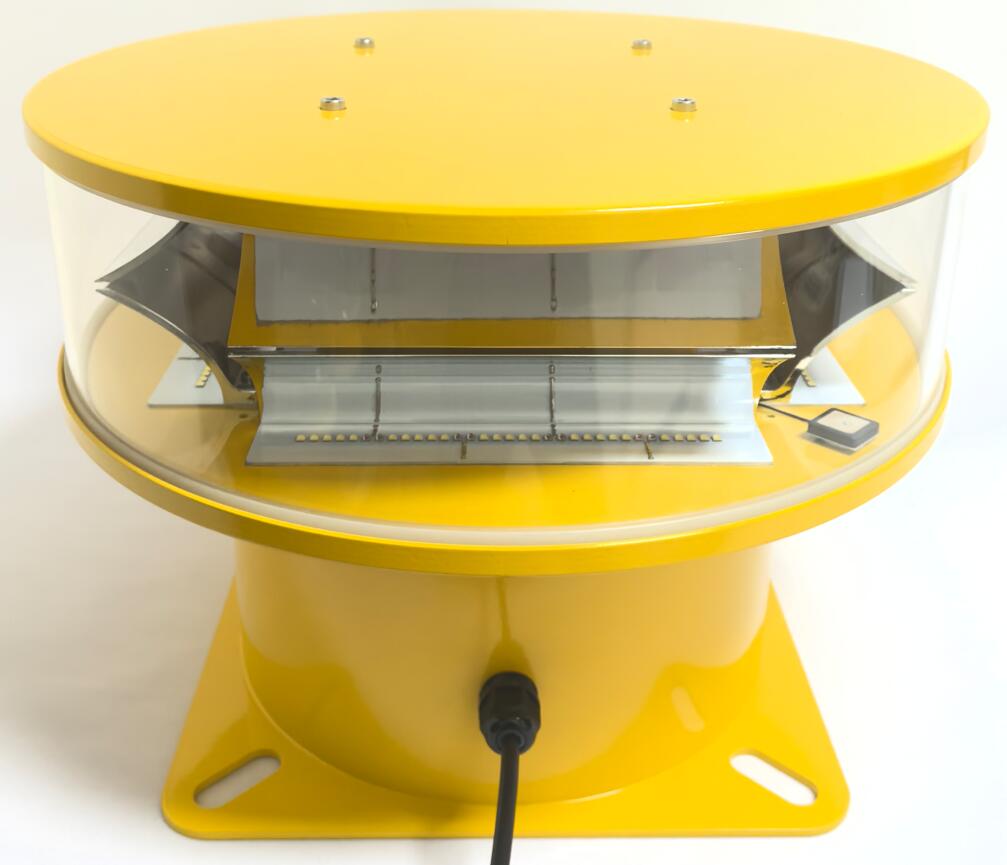Aviation Lamp for Tower: Essential Features and Selection Guide
Aviation lamps for towers are critical safety devices designed to prevent collisions between aircraft and tall structures. These high-intensity lights ensure visibility during both day and night, complying with international aviation safety regulations. This article explores the key aspects of aviation lamps for towers , including their types, applications, and factors to consider when selecting the right lighting solution.
Types of Aviation Lamps for Towers
Low-Intensity Obstruction Lights (L-810)
Used for structures below 45 meters (148 feet).
Typically red in color and operate continuously.
Ideal for buildings, telecommunication masts, and wind turbines.
Medium-Intensity Obstruction Lights (L-864 & L-865)

Suitable for structures between 45 and 150 meters (492 feet).
Available in red (L-864) or white (L-865) strobe variants.
Often used on broadcast towers and power line pylons.
High-Intensity Obstruction Lights (L-856 & L-857)
Required for structures exceeding 150 meters.
White flashing lights (L-856 for daytime, L-857 for twilight/night).
Commonly installed on skyscrapers and tall communication towers.
Key Features to Consider
When selecting an aviation lamp for tower applications, the following factors are crucial:
Regulatory Compliance – Must meet FAA, ICAO, or local aviation authority standards.
Durability – Weather-resistant materials (e.g., polycarbonate lenses, corrosion-resistant housing).
| aviation lamp for tower price |
Energy Efficiency – LED technology reduces power consumption and maintenance costs.
Visibility Range – Ensure the light meets the required candela output for the structure’s height.
Synchronization Capability – For multi-light installations, synchronized flashing enhances visibility.
Applications of Aviation Lamps for Towers
Telecommunication Towers – Ensures aircraft can detect tall masts in low-visibility conditions.
Wind Turbines – Prevents collisions with rotating blades.
Skyscrapers & Bridges – Enhances safety for low-flying helicopters and small aircraft.
Power Transmission Lines – Marks high-voltage towers to avoid accidents.
Choosing the right aviation lamp for tower installations is vital for air traffic safety. Factors such as light intensity, regulatory compliance, and durability must be carefully evaluated. By selecting the appropriate obstruction lighting system, tower operators can ensure compliance with aviation standards while minimizing operational risks. Investing in high-quality aviation lamps not only enhances safety but also reduces long-term maintenance costs.
